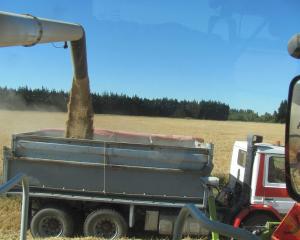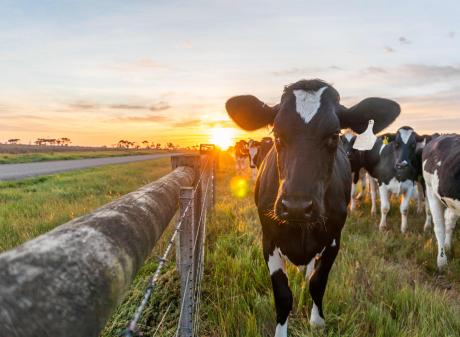
ECan, along with wildlife removal and conservation company Trap and Trigger and Heliventures NZ, flew three test operations with thermal animal-detection equipment to detect and kill the invasive pest in areas outside South Canterbury’s "containment area" where the animals are known to have spread.
In 10 hours’ flying this winter covering about 10,000ha, primarily focused on the south bank of the Waitaki River, the new "cross-check" layer in ECan’s wallaby control resulted in only one wallaby being detected and killed.
However, ECan biosecurity team leader Brent Glentworth called it a positive result.
The technology still had its limits and its precision as a surveying tool was not yet known, but if there had been a high number of wallabies in the areas, they would have been detected, he said.
"When we were doing that flying on the south bank, we were picking up a lot of animals, hares and rabbits in scrub — we know we can find really small animals," Mr Glentworth said.
"We’re confident that there’s not lots and lots of wallabies out there, but we’re also aware that it’s not the be-all and end-all. We can’t just rely on thermal imaging; we can’t say ‘We’ve flown it and found nothing’."

"We’ve been putting man-and-dog teams in since 2008, and relying on that method, and we’re getting kills," Mr Glentworth said.
"But we’ve had no way of having another check on what may be left.
"We’ve put in more effort over the last 12 months and we’re getting less wallabies. I hope it means that our wallaby population on the south bank is declining."
Ongoing trials by Landcare Research using GPS-collared wallabies to determine the "rough precision" of thermal imaging, dog teams and hunters by the number of encounters with those animals would help to determine the precision of the thermal imaging techniques.
In 2016, a report co-authored by Lincoln-based Landcare Research research leader Bruce Warburton warned that with wallaby control unchanged, the marsupials, which disrupt biodiversity and cause production losses for rural industries, could, in a worst-case scenario, cover one-third of the South Island.
Trap and Trigger owner Jordan Munn said while the thermal detection system used in the winter operation was not "as sensitive at detection as an invasive ground hunter and dog", it could cover more than 10,000ha each day. And he said the company was working on improving the system "to further increase its detection ability".
"We’re only just establishing this technology for wallabies," he said.
As the methodology was improved - perhaps surveying areas in the late afternoon as opposed to the morning as was done this winter - detection rates would improve and he hoped it could ultimately become a primary control method for the pests.














